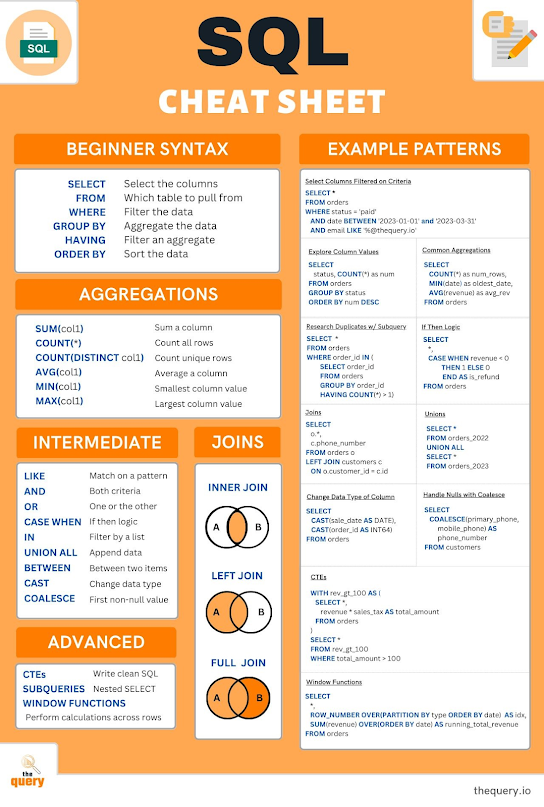Introduction:
Choosing the right storage solution is not just a technical decision but a strategic one that can impact performance, costs, and manageability. In this blog post, we'll apply our understanding of data in an online retail scenario to explore the best Microsoft Azure services for different datasets. From product catalog data to photos and videos, and business analysis, we'll navigate the Azure landscape to maximize efficiency.
1. Product Catalog Data:
Data Classification: Semi-structured
Requirements:
High read operations
High write operations for inventory tracking
Transactional support
High throughput and low latency
Recommended Azure Service: Azure Cosmos DB
Azure Cosmos DB's inherent support for semi-structured data and NoSQL makes it an ideal choice. Its ACID compliance ensures transactional integrity, and the ability to choose from five consistency levels allows fine-tuning based on specific needs. Replication features enable global reach, reducing latency for users worldwide.
Alternative: Azure SQL Database
Suitable if a predefined set of common properties exists for most products. However, it may not be as flexible as Cosmos DB when dealing with changing data structures.
2. Photos and Videos:
Data Classification: Unstructured
Requirements:
High read operations
Low-latency retrieval by ID
Infrequent creates and updates
Transactional support not required
Recommended Azure Service: Azure Blob Storage
Azure Blob Storage excels in storing unstructured data like photos and videos. Coupled with Azure Content Delivery Network (CDN), it optimizes performance by caching frequently accessed content on edge servers, reducing latency.
Alternative: Azure App Service
Suitable for scenarios with fewer files, but for a global audience and numerous files, Azure Blob Storage with CDN is a more efficient choice.
3. Business Data:
Data Classification: Structured
Requirements:
Read-only operations
Complex analytical queries across multiple databases
Some latency acceptable
Transactional support not required
Recommended Azure Service: Azure SQL Database with Azure Analysis Services
Azure SQL Database is ideal for structured data, while Azure Analysis Services enables the creation of semantic models for business analysts. Together, they offer a powerful solution for complex analytical queries. Be cautious if dealing with multidimensional data, as Azure Analysis Services primarily supports tabular data.
Alternative: Azure Synapse
While powerful for OLAP solutions, Azure Synapse does not support cross-database queries, making it less suitable for scenarios requiring extensive analysis across multiple databases.
Conclusion:
Each type of data in your online retail scenario demands a tailored storage solution. By considering the nature of the data, required operations, expected latency, and the need for transactional support, you can strategically leverage Microsoft Azure services to enhance performance, reduce costs, and streamline manageability. Choosing the right solution ensures that your data infrastructure aligns seamlessly with the dynamic requirements of your business.
Stay tuned for our next blog post, where we explore practical implementation tips and best practices for deploying these Azure solutions in your online retail environment.




